Navigating Low Back Pain:
A Guide to Deciding When Surgery is Necessary
At Physio Room, addressing low back injuries is our top priority. We pride ourselves on creating personalized treatment plans based on the Reset, Restore, Reload model:
- Reset: Stabilize the nervous system to control pain.
- Restore: Establish normal movement patterns.
- Reload: Strengthen bone, muscle, and connective tissues to tolerate increased stress.
We’ve successfully kept numerous clients with low back pain off the operating table, positioning ourselves as the optimal non-surgical option.
However, there are instances when surgery becomes a necessary intervention, and making that determination requires careful consideration of potential risks and benefits.
When to Consider Surgery for Low Back Pain
1. Traumatic Injury:
In situations involving traumatic injuries such as fractures or dislocations, the urgency of surgical consideration becomes apparent. Swift intervention is crucial to address structural damage and restore stability to the affected area. Surgical procedures can provide the necessary realignment and stabilization required for optimal recovery.
2. Severe Neurological Signs:
The sudden onset of severe neurological signs, especially urinary or bowel incontinence, raises immediate concerns about nerve compression or damage. In these cases, surgical evaluation is paramount to relieve pressure on the nerves promptly. Timely surgical intervention aims to prevent further complications and facilitate the restoration of neurological function.
Cautious Approach for Other Low Back Pain Cases
While traumatic injuries and severe neurological signs demand swift consideration of surgery, a more measured and deliberate approach is recommended for other instances of low back pain. For example, when a herniated disc is confirmed through MRI:
Time for the Reset, Restore, and Reload Phases:
Rather than rushing into surgery, individuals with herniated discs are encouraged to undergo a structured rehabilitation process. The Reset phase involves stabilizing the nervous system to manage pain. The Restore phase focuses on re-establishing normal movement patterns. Finally, the Reload phase strengthens bone, muscle, and connective tissues to enhance their capacity to handle stress.
Evidence of Full Recovery:
Research published in peer-reviewed journal articles showcases instances of complete recovery from acute herniated discs. Even when patients experience severe pain radiating down the legs, a conservative approach emphasizing rehabilitation has demonstrated positive outcomes. While recovery may extend over a period of up to six months, patients often report superior long-term results compared to those who opt for surgical interventions.
While immediate surgical consideration is warranted in cases of trauma or severe neurological signs, a more cautious approach is advisable for other instances of low back pain. The evidence supporting the effectiveness of rehabilitation, particularly for herniated discs, emphasizes the potential for complete recovery without the need for surgery. This approach not only allows for a thorough exploration of non-invasive options but also contributes to better long-term outcomes and improved overall well-being for individuals dealing with low back pain.
Risks of Surgery
Surgery, while sometimes necessary, is not without risks. Complications may include painful scarring (both internal and external), infections, neuropathy or damaged nerves, and continued or worsening pain. The decision to undergo surgery should carefully weigh these risks against potential benefits.
Choosing a Conservative Approach
Despite the fear and debilitation associated with back pain, a conservative approach is often the most effective and cost-efficient option. Unless faced with extreme cases mentioned above, a non-surgical approach, following a well-structured plan, is recommended for evaluating and treating back pain.
Physical therapy can offer various benefits in helping individuals avoid surgery or support them through the post-surgery recovery process. Here are some key advantages of physical therapy in the context of avoiding surgery:
- Pain Management: Physical therapists are trained to address pain through various techniques, including manual therapy, exercise, and modalities like heat or cold therapy. By effectively managing pain, individuals may experience reduced discomfort, making surgery less urgent.
- Improved Mobility and Function: Physical therapy focuses on restoring and improving movement patterns and functional abilities. Therapists work to enhance joint mobility, muscle strength, and overall physical function, which can alleviate the need for surgery in some cases.
- Strengthening Muscles and Supporting Structures: Building strength in muscles surrounding an injured or affected area can provide additional support. This added stability can potentially reduce the need for surgical intervention, especially in cases where muscle weakness contributes to the problem.
- Education and Self-Management: Physical therapists educate patients on proper body mechanics, posture, and exercises they can perform at home. Empowering individuals with the knowledge and tools for self-management can contribute to long-term recovery and potentially avoid the need for surgery.
- Reducing Inflammation and Swelling: Through techniques such as manual therapy, exercise, and modalities, physical therapists can help reduce inflammation and swelling. This can be crucial in conditions where inflammation is a primary factor contributing to pain and dysfunction.
- Conservative Approach to Rehabilitation: Physical therapy provides a conservative and non-invasive approach to managing various musculoskeletal conditions. Many conditions can be effectively treated with conservative measures, reducing the necessity for surgical interventions.
- Individualized Treatment Plans: Physical therapists create personalized treatment plans based on the specific needs and goals of each patient. This targeted approach can address the root cause of the issue, potentially leading to successful outcomes without the need for surgery.
- Prehabilitation: In some cases where surgery is inevitable, physical therapy can play a crucial role in preparing individuals for the procedure. Prehabilitation involves strengthening and conditioning before surgery, which may contribute to a smoother recovery post-surgery.
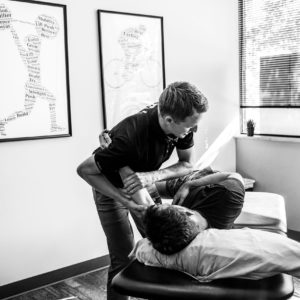
It’s important to note that the effectiveness of physical therapy in avoiding surgery depends on the specific condition, its severity, and individual factors. Collaborating with healthcare professionals, including physical therapists, orthopedic specialists, and primary care physicians, is crucial in determining the most appropriate course of action for each individual case.
Okay, You’ve Decided on Surgery. Now What?
If surgery is the chosen path, preparation is crucial. We emphasize Prehab – diligently completing a comprehensive plan before the surgery. Post-surgery, a tailored rehab program is essential for a successful recovery.
Drawing from experience at West Point, our team emphasizes the importance of both prehab and rehab. Surgeons stress to patients that their role is only a fraction of the process. The true challenge lies in completing the rehabilitation journey with a physical therapist, making it a vital and necessary component.
To Recap:
- Follow your Physio Room plan to Reset, Restore, and Reload your back injury without surgery.
- Seek emergency help in the case of severe neurological signs.
- If surgery is chosen for non-emergent low back pain, diligently follow prehab and rehab plans.
Good luck! – Dr. Nate and your Physio Room Team

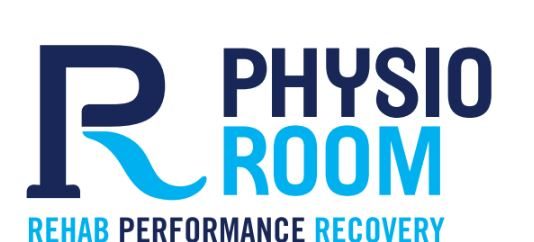

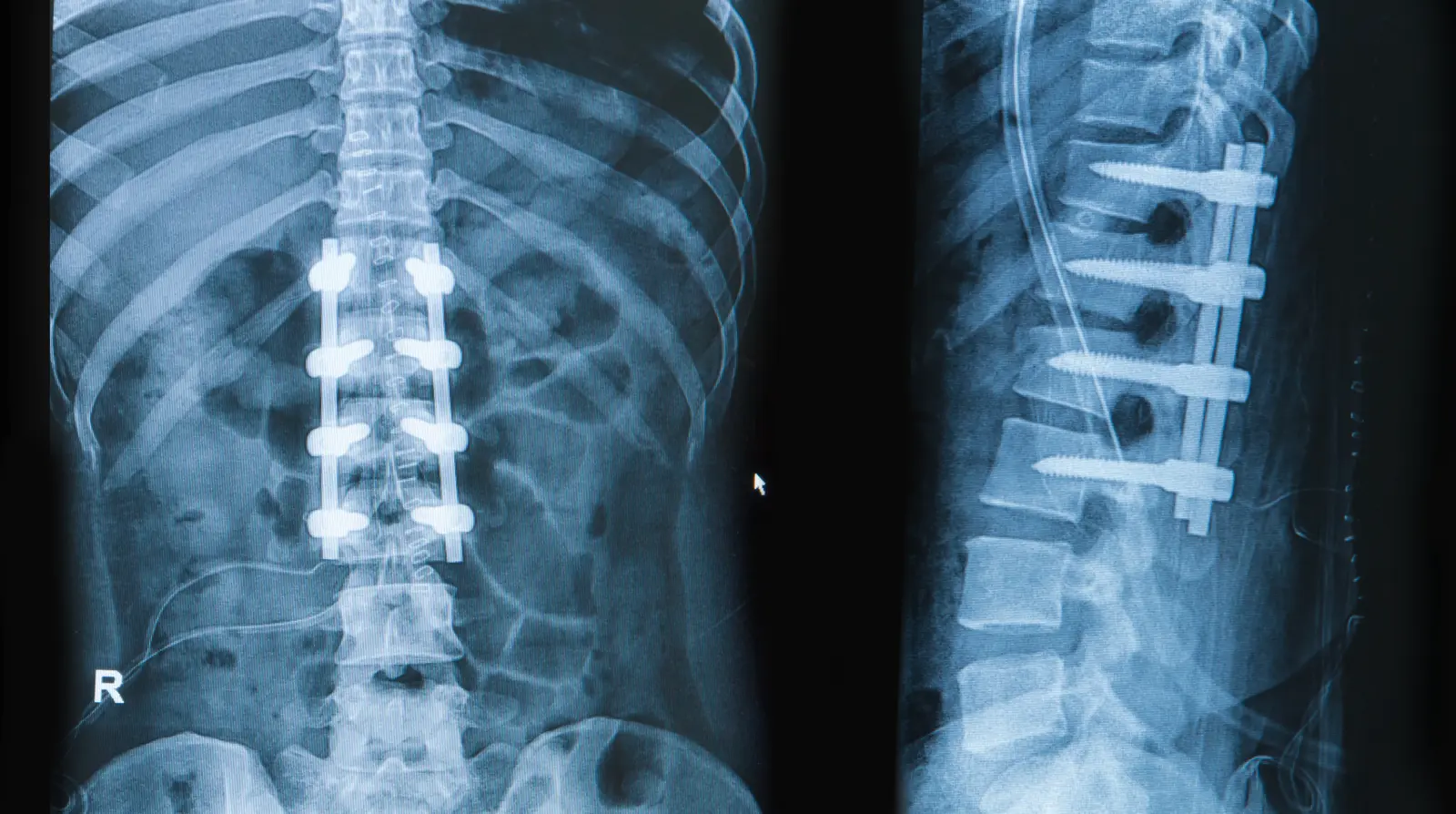
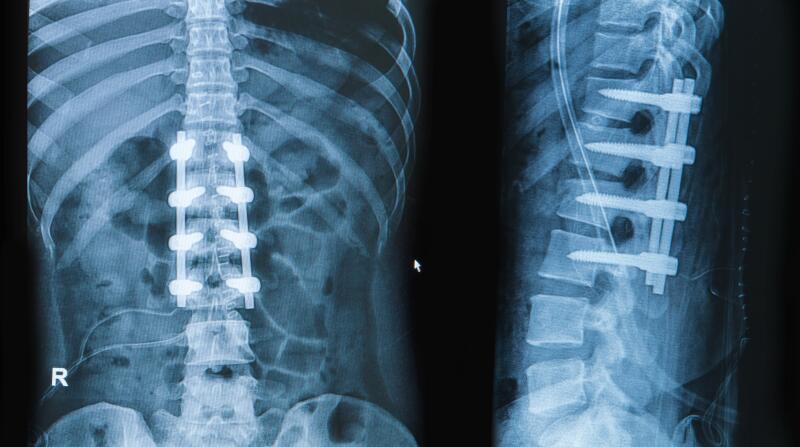
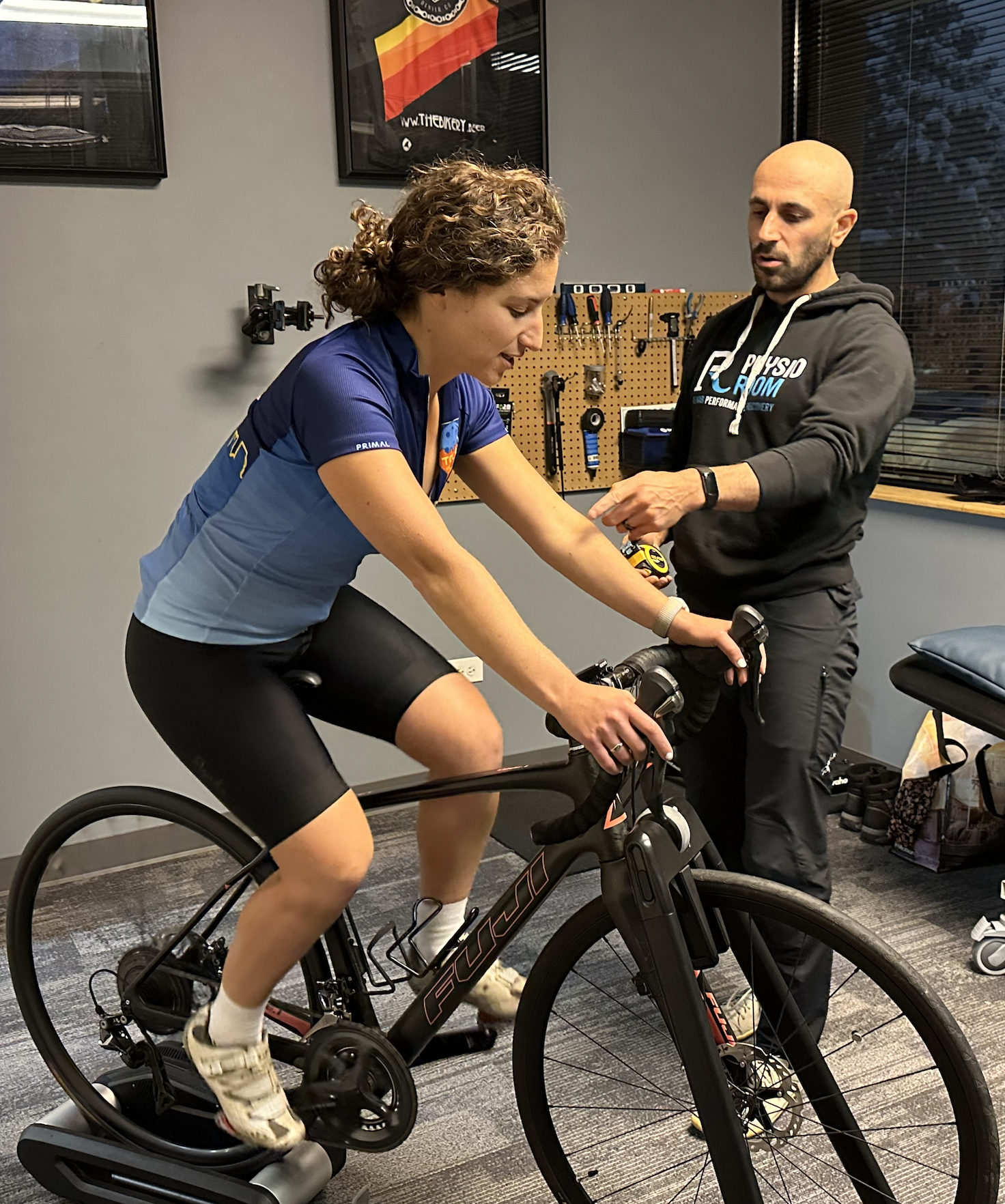
No responses yet